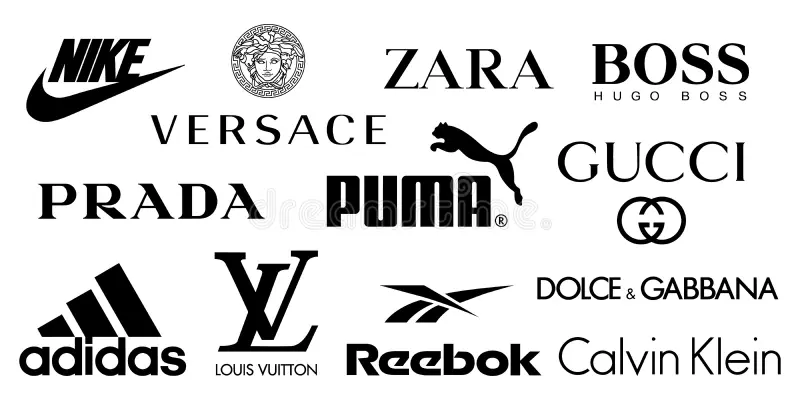Introduction
Fashion design is an art form that has been evolving and shaping societies for centuries. From ancient civilizations to modern-day runways, fashion designers have played a pivotal role in crafting clothing that reflects cultural norms, artistic expression, and personal identity. This article explores the fascinating journey of fashion design, from its humble beginnings to its status as a dynamic and ever-changing industry today.
I. The Ancient Origins of Fashion
Fashion design can be traced back to ancient civilizations, where clothing served both practical and symbolic purposes. In Egypt, garments adorned with intricate patterns and luxurious fabrics symbolized social status and spiritual significance. Similarly, ancient Chinese and Indian civilizations developed unique clothing styles that reflected their cultural values and beliefs.
II. The Renaissance Era: Pioneering Fashion as an Art
The Renaissance marked a turning point in fashion design, where clothing was elevated from mere utility to a form of artistic expression. During this period, sumptuous fabrics, elaborate embroidery, and tailoring techniques flourished, giving birth to iconic garments like the corset and the farthingale.
III. The Industrial Revolution: Mass Production and Fashion Democracy
The advent of the Industrial Revolution in the late 18th century revolutionized fashion design. The rise of mechanization and mass production allowed clothing to be produced on a larger scale, making it more accessible to the masses. Clothing became a symbol of social change and identity, rather than just an indicator of wealth or status.
IV. The Golden Age of Couture: Haute Couture Takes Center Stage
In the mid-20th century, the world witnessed the emergence of haute couture as the epitome of fashion design. Designers like Christian Dior, Coco Chanel, and Yves Saint Laurent redefined fashion with their innovative designs, emphasizing luxury, elegance, and craftsmanship. Haute couture became a symbol of high society and exclusivity.
V. Fashion in the Digital Age: A Revolution in Communication
The advent of the internet and digital technology in the late 20th century had a profound impact on fashion design. Designers could now showcase their collections to a global audience through websites, social media, and virtual runway shows. E-commerce and online retailing revolutionized the way consumers access and purchase fashion, democratizing the industry further.
VI. Sustainable Fashion: Redefining Ethical Practices
As concerns about environmental issues and ethical practices grew, the fashion industry faced pressure to address its impact. Sustainable fashion emerged as a response to these challenges, promoting eco-friendly materials, ethical manufacturing, and responsible consumption. Designers started incorporating sustainability principles into their designs, pushing for a more conscious and responsible approach to fashion.
VII. Diversity and Inclusivity: Breaking Boundaries
Fashion design has historically been criticized for promoting narrow beauty standards and limited representation. However, in recent times, the industry has made strides toward embracing diversity and inclusivity. Designers now celebrate body positivity, cultural diversity, and gender fluidity, challenging societal norms and fostering a more inclusive fashion landscape.
VIII. Technology and Innovation: Blurring the Lines
The 21st century has witnessed an amalgamation of fashion and technology. From wearable tech to 3D printing and augmented reality, designers are incorporating innovative technologies into their designs. This synergy has given rise to smart clothing, personalized fashion experiences, and entirely new design possibilities.
IX. Fashion and Art Collaboration: A Fusion of Two Worlds
Fashion and art have always had an interconnected relationship, but in recent years, collaborations between fashion designers and artists have reached new heights. These partnerships blur the boundaries between the two disciplines, resulting in unique and boundary-pushing creations that challenge traditional notions of fashion.
Conclusion
Fashion design’s evolution is a testament to its ever-changing nature, reflecting the shifting values, aesthetics, and cultural sensibilities of each era. From its humble origins in ancient civilizations to the modern-day runways, fashion design has come a long way, continually pushing the boundaries of creativity and innovation. As we move forward, fashion design will undoubtedly continue to influence and be influenced by societal changes, technological advancements, and the evolving tastes of consumers, shaping the world of style for generations to come.






